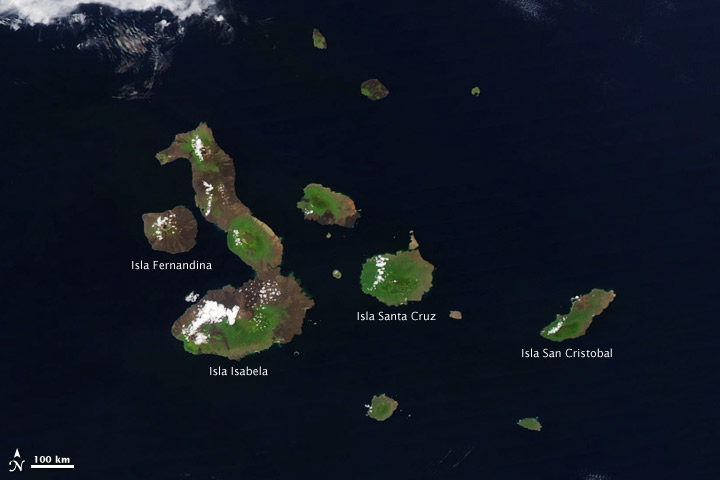

In 1831, a young twenty-something man without any clear direction in what he wanted to do with his life, although his father was urging him to go into the clergy, was invited to join on what was first advertised as a two year voyage of discovery to chart the southeast coast of South America and maybe to venture out amongst the South Sea islands as well.
The main requirement for the job was that he be a “gentleman” and able to be a good conversation partner and dinner companion for the twenty-something captain of the small, 90 foot, 10 gun sailing vessel. The captain’s name was Robert Fitzroy, the ship the Beagle, and the directionless twenty-something was Charles Darwin.

“We shall not cease from exploration. And the end of all our exploring will be to arrive where we started and know the place for the first time.” — T.S. Eliot
It has been 200 years since the birth of Charles Darwin, and 150 since the publication of his world-changing work, On the Origin of Species. It has been 50 years since the creation of the international Charles Darwin Foundation and the establishment of the Galapagos National Park by the government of Ecuador.

NASA oceanographer Dr. Gene Carl Feldman is no stranger to the Galapagos Islands, although he has never been there. He has studied these “Enchanted Isles” from the vantage point of space for the last 25 years, but in July 2009 he will set foot on the islands for the first time. 2009 marks the 200th anniversary of the birth of Charles Darwin as well as the 150th anniversary of the publication of The Origin of Species. In celebration of these two events, the Charles Darwin Foundation is holding an international symposium to assess the current state of knowledge about this remarkable place, and has invited Dr. Feldman to present a paper on his perspective of the Galapagos. In this short film, Dr. Feldman reflects on his unique perspective on this fascinating region and looks ahead to his journey to Galapagos.
Straddling the equator approximately 1000 kilometers to the west of the South American mainland, the Galapagos Islands lie within the heart of the equatorial current system. Rising from the sea floor, the volcanic islands of the Galapagos are set on top of a large submarine platform. The main portion of the Galapagos platform is relatively flat and less than 1000 meters in depth. The steepest slopes are found along the western and southern flanks of the platform with a gradual slope towards the east. The interactions of the Galapagos and the oceanic currents create vastly different environmental regimes which not only isolates one part of the Archipelago from the other but allows penguins to live along the equator on the western part of the Archipelago and tropical corals around the islands to the north. The islands are relatively new in geologic terms with the youngest islands in the west still exhibiting periodic eruptions from their massive volcanic craters.
Data sets used in the Animation:
MODIS True Color
Landsat 30 Meter True Color
ETOPO 2 Bathymetry
MODIS Sea Surface Temperature
SeaWiFS Ocean Chlorophyll and Land Vegetation Index
SRTM Topography for Land Elevation